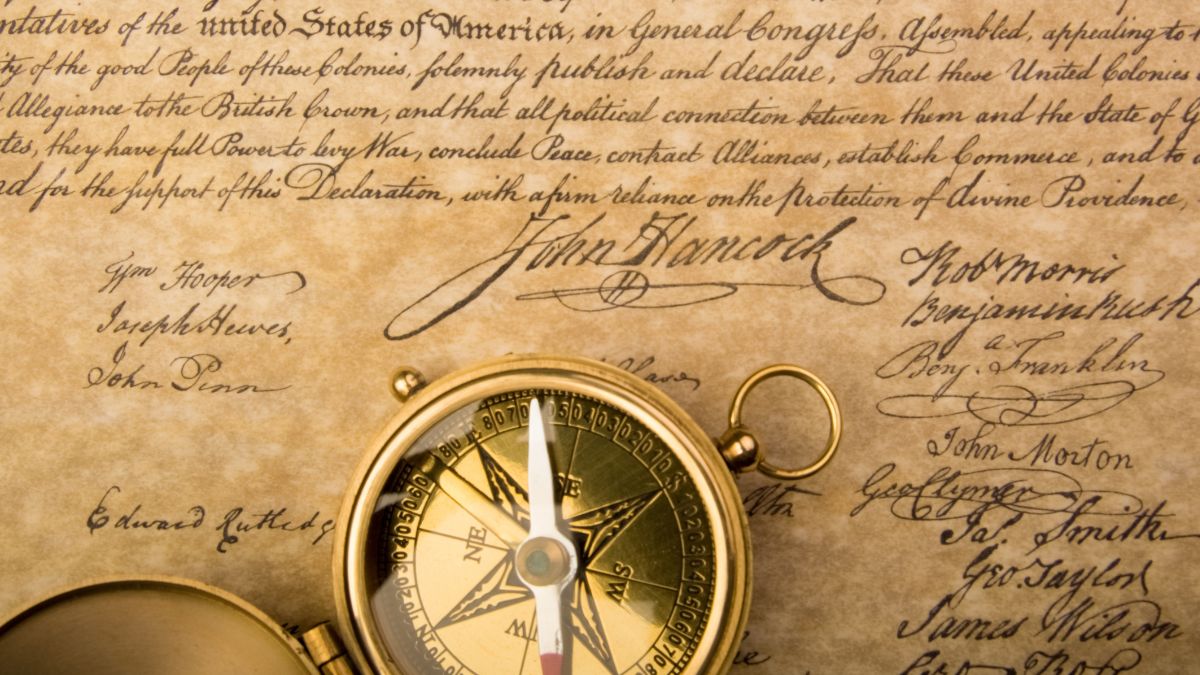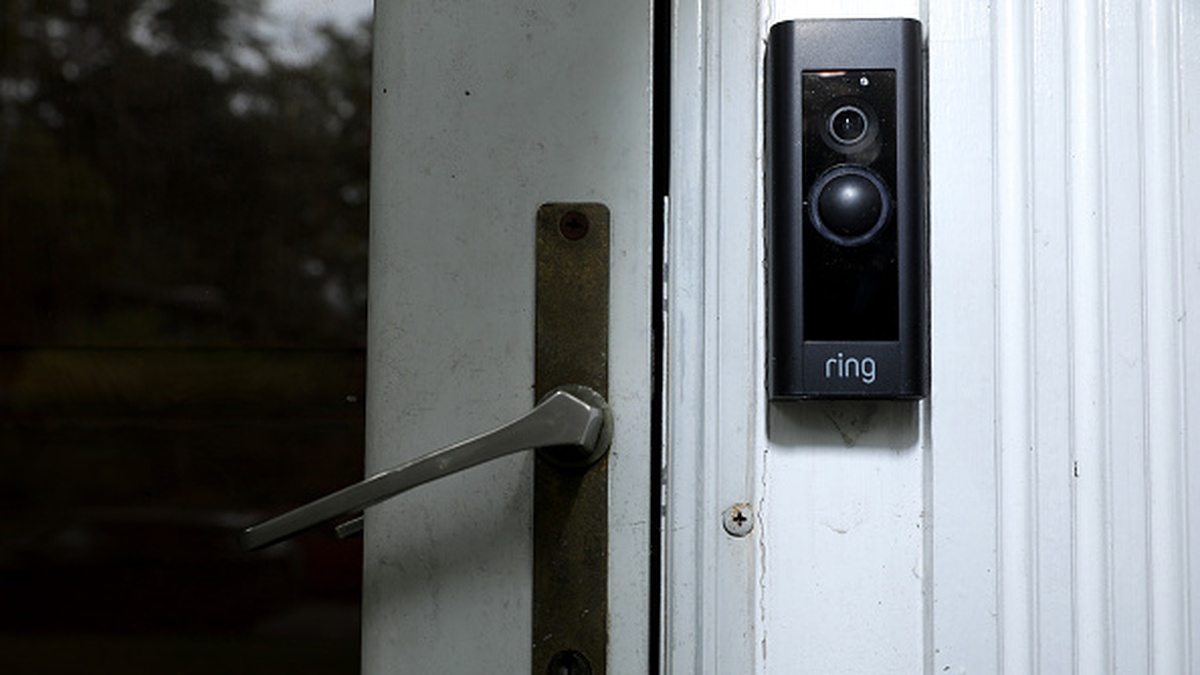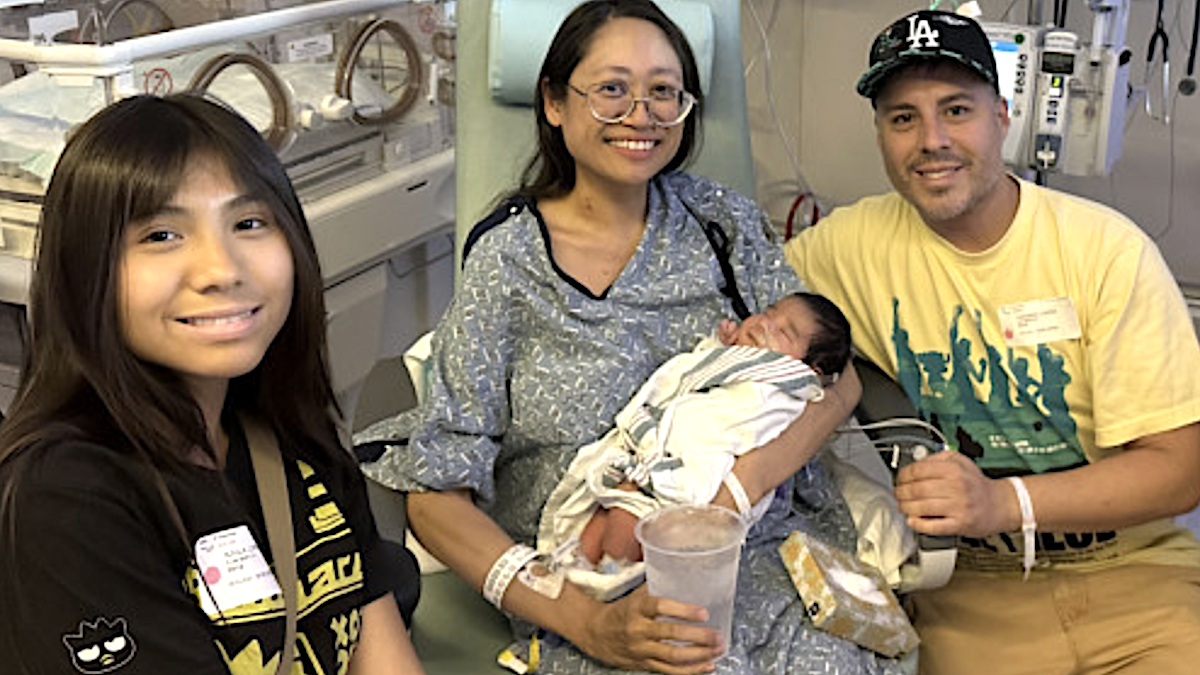The late 1700s were the years when smallpox was still a thing and the sound of a quill scratching against parchment could spell the end of empires. On a fateful day, a room full of hot, bothered, and boldly visionary men cooked up a document so fiery that it forever altered the course of history.
The roots of rebellion in the American colonies had been growing deep for over a decade before 1776. The discontent began with the Stamp Act of 1765, which imposed direct taxes on the colonies for the first time, followed by a series of legislative acts including the Townshend Acts and the intolerable Tea Act, culminating in the infamous Boston Tea Party of 1773.
These acts not only taxed the colonists without their consent but demonstrated a pattern of what the colonists viewed as increasing tyranny from the British Crown. In response to these grievances, the First Continental Congress convened in 1774, followed by the Second Continental Congress in 1775, after the outbreak of armed conflict. By this time, the idea of complete separation from Britain was being seriously considered, and radical leaders like John Adams and Samuel Adams were gaining influence.
The drafting of the declaration
Thomas Jefferson, known for his philosophical acumen, was tasked in June 1776 with drafting the Declaration of Independence, assisted by a committee that included John Adams, Benjamin Franklin, Roger Sherman, and Robert R. Livingston. Jefferson drew heavily on his own draft of the Virginia Constitution, as well as ideas from English philosopher John Locke that that “all men are created equal” – radical for its time.
July 4, 1776: The decisive day
On July 4, 1776, the Second Continental Congress met at the Pennsylvania State House, now known as Independence Hall, in Philadelphia. The Congress had been debating Jefferson’s draft since its presentation on June 28, making numerous alterations and cuts, including the removal of a passage that criticized the slave trade, which was contentious among Southern delegates.
The session on July 4 was the culmination of these debates. Despite the sweltering heat, the representatives were aware of the gravity of their actions. Approval of the document was not unanimous on that day; New York’s delegates abstained initially but later agreed to support the Declaration. Finally, late in the day, the Declaration of Independence was officially adopted. John Hancock, President of the Congress, famously remarked about his bold signature, “so that King George can read it without his spectacles.”
While the Declaration was formally dated July 4, it was not actually signed by most of the delegates until August 2, 1776. The public did not hear the document until July 8, when it was read aloud in Philadelphia.
Aftermath and impact
The immediate impact was to unify the colonies more solidly against British rule. What’s often glossed over in the patriotic retellings is the global context. The colonies were not just fighting against British tyranny; they were part of a larger age of revolutions that would include France, Haiti, and others. The principles articulated in the Declaration have inspired numerous other nations and documents, including the French Declaration of the Rights of Man and of the Citizen in 1789.
Therefore, the American experiment was both a product and a part of Enlightenment thought that questioned the divine right of kings and traditional hierarchies. Also, the declaration was a kind of philosophical gamble, laying down the gauntlet in the face of the world’s most powerful empire. The signers were acutely aware that their signatures could also be signing their death warrants. The document ended with a solemn vow of mutual support and sacrifice: “we mutually pledge to each other our Lives, our Fortunes, and our sacred Honor.” So, it was a real acknowledgment of the risks they were taking together.
In a more self-aware vein, it’s curious to think about what the Fourth of July means in today’s context. It’s a day of fireworks, yes, but also a day where the foundational contradictions of the American project—such as those concerning slavery and Indigenous rights—are critically examined. Jefferson himself was a slave owner, and the very document that proclaimed “all men are created equal” did so in a society that patently denied this equality to many.











Published: Jul 4, 2024 02:14 pm